The winter season is in full swing at Euro Gijbels' farm in Catalan, Spain. At this time of year, they primarily grow cauliflower, parsley, celery, and citrus, and currently, there's more demand than supply for cauliflower and parsley, say John Gijbels and Stef Minten. "If we had five times the volume, we'd have sold it all," begins Stef, who is increasingly taking over the Belgian company's Spanish sales activities.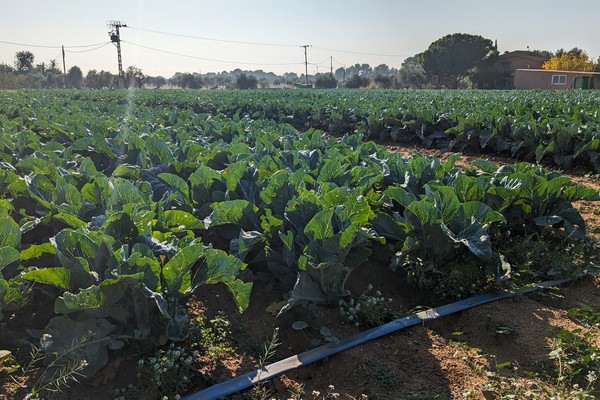
Cauliflower supply is always an issue in the winter. Last year's meager supply caused prices in Dutch and Belgian supermarkets to skyrocket. That even led to several reports on national TV. There has not yet been that kind of frenzy this year, but John and Stef note there is still insufficient supply to meet the high demand.
"We started the cauliflower a bit later this year. Belgium has a long summer growing season, so we push ours back. The weather wasn't cooperative at the beginning of the season. It was, and still is, very warm for the time of year," says John.
Needs stress
"However, cauliflower needs stress. Night temperatures must drop significantly for them to grow well. We're still harvesting November varieties, so the volumes coming from the land are quite limited while demand remains high. I don't know how it is everywhere else, but Murcian growers planted less," adds Stef.
"It, therefore, looks to be another year with significant market pressure. We sold at very high prices in the season's first two weeks. Those are starting to drop slightly, but meeting all the demand simply isn't feasible. That leads to stable high prices."
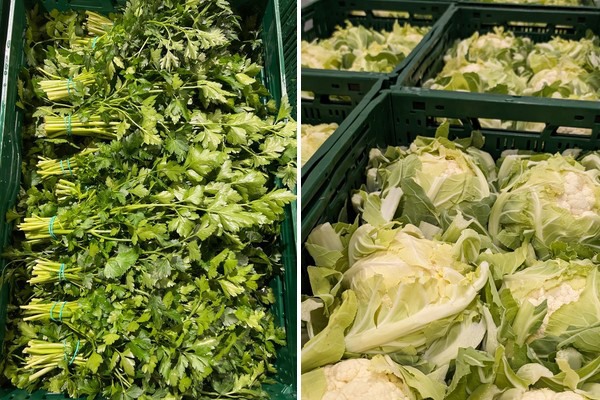
This situation, the duo says, will continue for a while. "Don't get me wrong, the cauliflowers aren't going to waste," John continues. "They're still in the field, so they will be harvested. However, if it gets colder in January, the varieties will all come to market simultaneously, which could mean an oversupply. We haven't started with the December varieties yet, so we'll have to wait and see what volumes those will yield."
The company cultivates cauliflower until around May. "From April, though, the supply starts decreasing significantly. I don't see demand, which is coming from all over now - The Netherlands, Belgium, Germany, and Spain - falling until then. No market can be fully satisfied. I'm even constantly getting calls from Scandinavia," Stef explains.
Shift in parsley market
Parsley is experiencing a similar situation. This herb is another major cultivation segment at Euro Gijbels. "We've also had some delays there, but we're now picking nice volumes," says John.
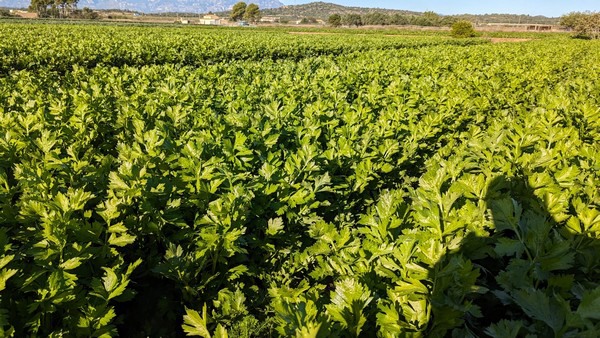
"You could almost copy and paste the cauliflower situation for the parsley. It was in huge demand, especially towards the holidays. I can just keep selling. The supply can't keep up with demand; apparently, that's the case all over Spain; otherwise, they wouldn't be constantly calling us. Our sales increase by about 50% as the festive season approaches," Stef adds.
He, however, noticed a slight market shift this year. "Many Dutch and Belgian restaurants closed during Christmas. Colleagues who mainly supply the hospitality industry tell me they got significantly fewer orders. It all shifts to the supermarkets. People use parsley at home instead of restaurateurs taking large volumes. We have the advantage of having a wide range of sector-wide customers, so we can respond to this shift."
Matching celery supply and demand
While cauliflower and parsley are flying off the shelves, celery is having a somewhat harder time. "The weather conditions have also caused some delays here, but volumes are back at a decent level. Nevertheless, there's less enthusiasm for celery than cauliflower and parsley," Stef continues.
"There are fewer orders than in previous years. Luckily, you can store celery a bit longer. That, thus, doesn't cause problems. Cauliflower has to be cut and delivered the same day, so oversupply can affect the market greatly. With celery, you can wait a bit longer to match demand and supply better."
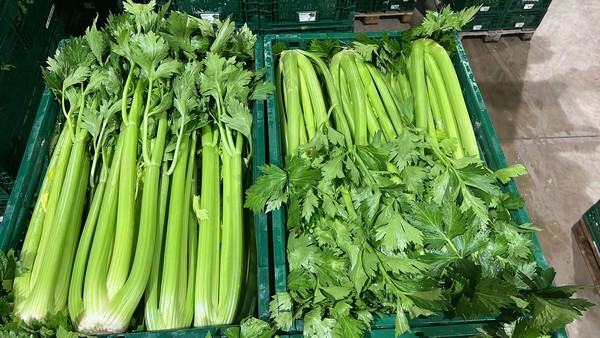
Cauliflower cultivation may become impossible in Southern Spain
The climate is impacting this season's Spanish crops, too. It is something the men fear will play an increasingly prominent role in the coming years. John: "I think the Spanish climate will only become more extreme. Long heatwaves, drought, heavy rainfall, or extreme cold. I, obviously, can't predict exactly how it will develop, but we must prepare for it."
"People must arm themselves against it. Water shortages have already been a major talking point in recent years. We, too, must keep irrigating throughout the year. But that doesn't replace rain. Irrigation has a different impact from natural rain, which can affect the products' quality. The period during which products are of peak quality is getting shorter," John admits.
"If you lose a week in a sales period that only lasts a few weeks, you'll have to generate 30% more turnover in the remaining weeks to compensate. It makes you consider your business operations very differently. It's still relatively limited here in the north, but we, too, will have to deal with it sooner or later."
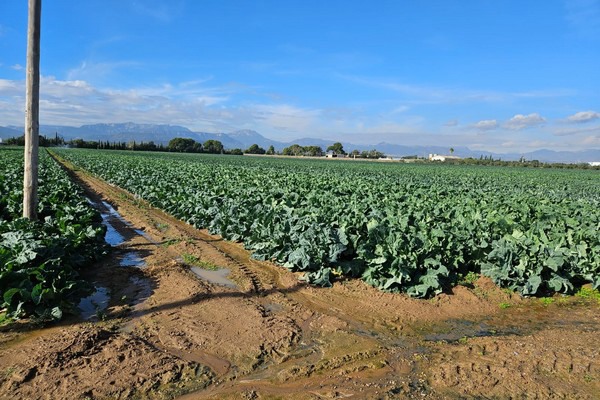
"I think it will be sooner rather than later," Stef reckons. "Climate change will cause problems on all fronts. Water and cold-sensitive crops, like cauliflower, are already struggling in places like Almeria and Murcia. Those changes are becoming increasingly extreme, to a point where cultivating these crops will no longer be possible. It will then increasingly shift to northern Europe."
"France will become ideal for cauliflower farming. I see this happening very quickly. It was 'only' 20°C here the other week, but further south, temperatures were heading towards 30 degrees in late December. Then, it's entirely impossible to grow good cauliflower. It's a worrying development which we must monitor closely," Stef concludes.
For more information:
John Gijbels / Stef Minten
Euro Gijbels![]()
Cami de les Arenes s/n
43300, Mont-roig del Camp
Tarragona, Spain
info@euro-gijbels.be
www.eurogijbels.be
